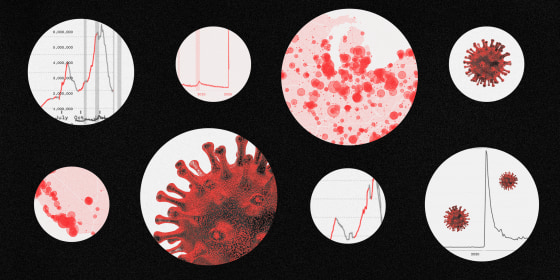The story of the Covid-19 pandemic, which has ended hundreds of thousands of lives in the United States and upended countless more, has been told in everyday life around the world and in the data underlying the contours of this worldwide disaster.
One thing about the pandemic: It has not been felt equally. Between unevenly implemented lockdowns and social distancing mandates, to disproportionately hit Black communities, the pandemic has affected us all, but it has done so in far different ways.
The pandemic’s impact was first felt in the United States by the millions who lost their jobs in the first wave of lockdowns. This spike in weekly unemployment claims saw more than 6 million workers across the country sidelined in one week in late March/early April as the disease spread.
By the start of June, cellphone data showed that social distancing, while still advised by the CDC, was slipping in certain places.
Alongside the social measures taken to fight the disease’s spread, the U.S. government allocated trillions in aid to help people and businesses weather the shock to the economy caused by the pandemic. More than a half million businesses received “large-dollar” loans in the first round of the Paycheck Protection Program. Those loans, which brewed controversy, accounted for more than half of the money distributed to businesses.
While a group of states experienced Covid-19 case surges in the summer, the country endured a blistering late fall and winter as daily case counts trended into the six-figures and daily death counts regularly numbered from 3,000 to 4,000.
Those surges weren’t felt evenly:
Once the vaccination effort got underway in December, it suffered from disorganization on multiple levels. The data published by the Centers for Disease Control and Prevention and individual states reflected that disorganization, and even by mid-January the situation was awry.

